Pachistachis: species, care and reproduction

Lovers of exotic plants are well aware of the thermophilic representative of the tropical flora - pachistachis. This flower came to Russian latitudes several centuries ago from the territories of Mexico, South America and India, where it grows in the wild. This perennial loves warmth and moisture - in its homeland, it grows in the form of a two-meter bush. In areas with a warm climate, pachistachis is planted on the streets of cities as landscaping, and in our country it is customary to grow it in the form of a greenhouse or indoor plant.
Pachistachis is appreciated for its decorative appearance - during the flowering period, the plant has flowers of an unusual shape, resembling a volumetric ear. The color of such an inflorescence is bright yellow or red. Often you can find such names of pachistachis as "golden ear" or "golden shrimp".
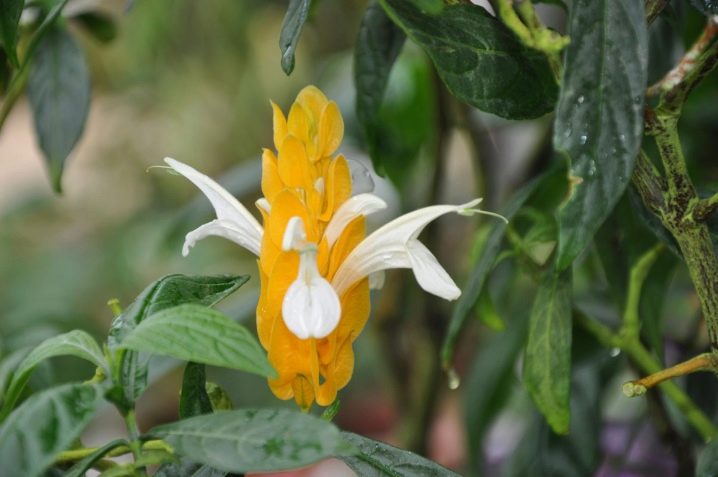
Peculiarities
The indoor flower pachistachis belongs to the Acanthus family, which are dicotyledonous plants and grow in the tropical rainforest zone. This fast growing shrub is capable of reaching heights from 60 centimeters to a meter. The stem of an adult evergreen pachystachis is tree-like, the leaf blade grows up to 13 centimeters in size and has the shape of a pointed elongated oval. The color of the leaves is a rich dark green, multiple veins are clearly expressed on the leaf, due to which the impression of texture is created.
Pachystachis bloom begins already in early spring and continues continuously until late autumn. The yellow spike-shaped inflorescence reaches 15 centimeters in size, it is erect and develops only at the ends of the shoots. Small white flowers are located on the inflorescence - they can be up to 5 centimeters long, but they fall off very quickly, therefore, the main decorative attractiveness of the flower lies precisely in the yellow spike-shaped bracts, which delight the eye for quite a long time. The key to the abundant flowering of perennials is good lighting and sufficient watering. On hot days, pachistachis must be sprayed. Under the influence of direct sunlight, the plant can wilt, but if it is rearranged in the shade in time and well watered, it will rise to life again.
An evergreen plant is poisonous, so the necessary precautions should be taken when working with it. Experts warn that even if you just touched the plant with your hands, you should immediately wash them with soap. Despite the beauty of the flower, the plant should be kept out of reach for children and pets.
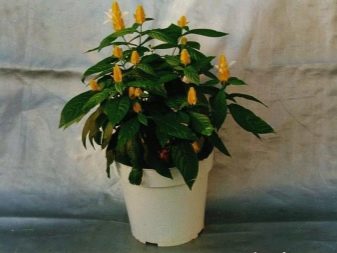
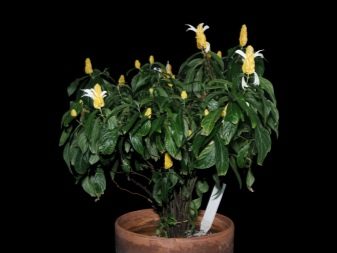
Varieties
Currently, biologists know at least 12 varieties of pachistachis, however, only two of them can be considered domesticated - this is a common yellow variety and a rather rare red variety.
The yellow pachystachis variety looks like a shrub that grows up to a meter in height. All the shoots of the plant are only erect, and as the flower matures, the lower shoots of it become lignified. The leaves of yellow pachystachis are oval with a pointed end, the width of the leaf plate can be up to 5 centimeters, and the length is 12-15 centimeters. The inflorescences have the appearance of an ear, the bract itself is of a rich yellow color, and small white flowers with a two-lipped corolla come out of it.
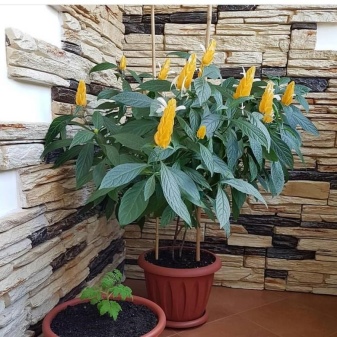
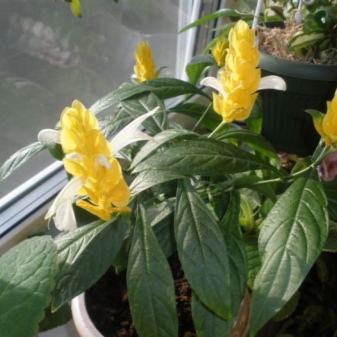
The red variety of pachistachis is not often found - this rare flower has differences from its counterpart. They consist in the fact that the red variety is a more powerful shrub, it can grow up to two meters and it is rather difficult to keep it at home. In addition, the plant differs in the appearance of its bracts. It is spike-shaped and green in color. Small bright red flowers emerge from the bracts in fairly large numbers. Each such flower has 4 elongated petals.
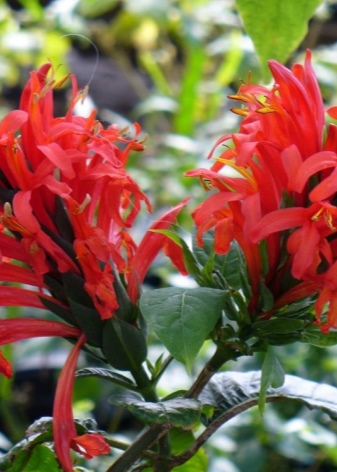
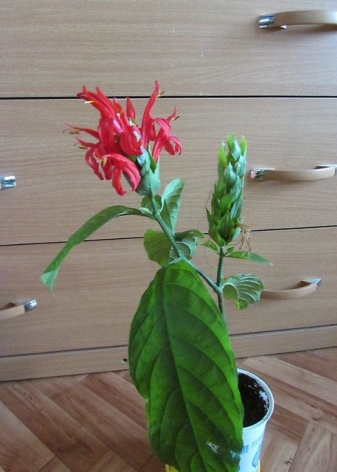
Conditions of detention
Since pachistachis is a tropical plant, it needs to create comfortable growing conditions that are as close as possible to its natural habitat. Caring for him in the spring and summer will be significantly different from caring for autumn and winter. The most important criteria for the life of this perennial shrub are watering and lighting. Violent growth and flowering of the plant occurs in the spring and summer.
It is important to remember that with the arrival of autumn, after the end of flowering, the plant enters a dormant phase and ceases to need abundant watering and fertilizing.
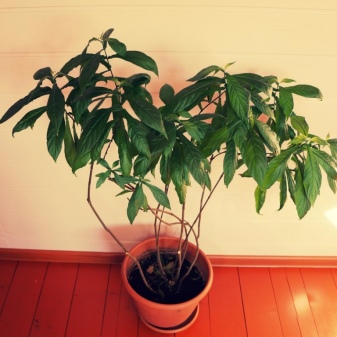
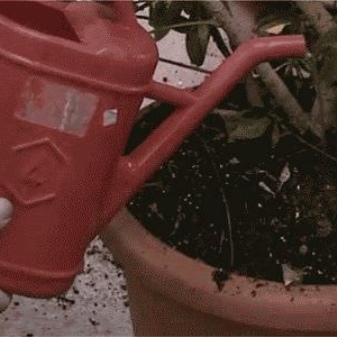
Temperature and humidity
In spring and summer, to create favorable conditions for growth and flowering, pachistachis needs a temperature of +20 to +25 degrees. This tropical inhabitant is very fond of the atmosphere of humidified air around him, therefore, not only the plant itself, but also the air around it must be regularly sprayed with warm settled water without chlorine impurities. If the humidity in your apartment is clearly not enough, placing a pot with a plant on a tray with moistened expanded clay will help solve this issue. In this case, you need to ensure that the water on the tray does not dry out.
In autumn and winter, pachistachis needs peace, while he feels good at temperatures from +16 to +18 degrees. Spray the flower during this period only once a week. However, in apartments with central heating it can be difficult to create optimal resting conditions for the plant and, as a rule, it has to be moistened a little more often.

Lighting
In the spring-summer period, a perennial needs an influx of sunlight, but at the same time its rays should be scattered - the plant does not like excessively bright light. The best habitat for pachistachis will be a window that faces north, west or east. But on the south window, the flower will be hot if you do not take measures to shade it.
With the arrival of autumn and winter, sunlight can be sorely lacking for a flower. You will notice this by its condition - the leaves will not be as vigorous and bright.
To preserve the decorative appearance of pachystachis and provide it with good wintering conditions, the plant can be supplemented with a special phytolamp. In this case, your perennial will have a good rest during the rest period, gain strength and in early spring will actively enter the growth phase to please you with abundant flowering.
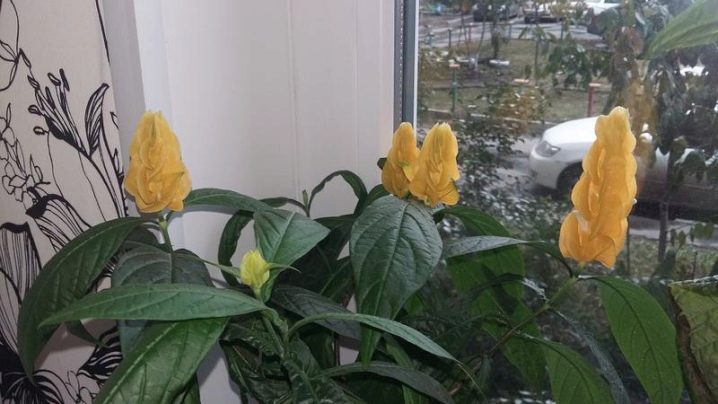
How to care?
Growing and caring for pachistachis at home is not difficult - even a novice lover of tropical exotic can cope with this task. To grow an adult bush, young pachistachis must be transplanted into a new pot every spring, which will be 1-2 centimeters larger than the previous one. At the same time, experts advise to completely renew the soil only once every 2, and better - in 3 years. The most favorable time for transplanting a plant is considered the middle of March, when the plant rested in winter and is ready to go into active growth.
The soil for a tropical perennial needs loose, it consists of peat, leaf humus, coarse river sand and turf. Moreover, the turf needs to be taken an order of magnitude more than all other components. Pachistakhis does not like tall pots, the best option would be if the depth and width of the planting container are approximately the same in size.You should not immediately plant a young plant in a large pot - the increase in capacity should be carried out gradually, from year to year, evenly as the root system of the flower grows and develops.

Watering
As for the issue of watering, you need to know that the plant equally badly tolerates both the drying out of the earthen coma and its excessive waterlogging. Water for irrigation should be settled, at room temperature. In the hot season, watering is required as soon as you see that the topsoil is dry. In winter, the frequency and volume of watering is reduced - it is enough to water the plant little by little, no more than 3 times a week.
If you see that moisture that has come out of the drainage hole has collected in the pan, remove it immediately to protect the plant from diseases and decay of the root system.
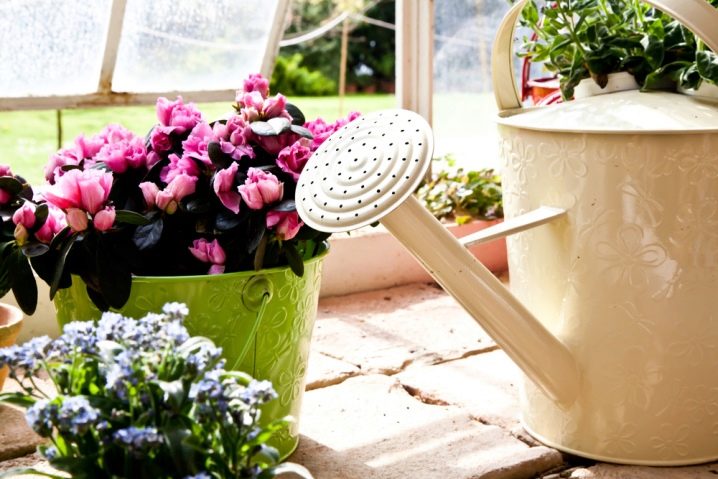
Top dressing
With the arrival of spring, already at the beginning of April, the tropical pachistachis begins a growth period. At this time, the plant needs active feeding, which must be carried out regularly until the beginning of October. The flower can be fed with complex mineral or organic fertilizers. The frequency of their introduction is once every 2 weeks. The plant perceives well such well-known complexes as "Zhivaya Sla", "Agricola", "Bioton", "Aquarin", "Universal" and others.


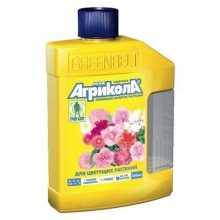
Pruning
In order to form a beautiful-looking compact bush, pachystachis must be pruned every spring. If you do not prune the plant, you risk getting elongated shoots and bare lower branches, while the flowering will not be as abundant as expected, and the amount of foliage in the flower will be noticeably reduced. In a young plant, the first pruning is carried out when the shoots grow more than 10-15 centimeters from the ground - it is at this distance that you need to cut or pinch. In the future, it will be correct if you begin to pinch all the shoots of the plant every spring, retreating from the top by two pairs of leaves (we pinch them off). This method will allow you to achieve a beautiful bush shape and abundant flowering. It is important to know that pachystachis flower-bearing inflorescences can form only on young shoots, while the plant blooms only in the third year of life.
After the plant finishes its flowering period closer to winter, you need to cut off its bracts - they do this together with a pair of leaves growing below. Such pruning helps to rejuvenate the bush and branch out in the spring.
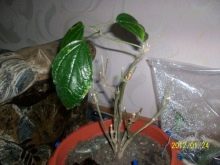

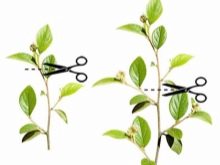
Reproduction
Sooner or later the time will come when you want to propagate or rejuvenate the already mature bush of your pachistachis. This is not difficult to do, since this perennial propagates by seeds or cuttings. Reproduction using seeds is quite long and troublesome, it is much easier to perform this procedure by cuttings.
To obtain a cutting from an adult plant, the tops of the shoots are cut off to a length of 10-15 centimeters. The main thing is that there should be at least two or even three internodes with paired leaves on the handle. When pruning planting material in spring, you will have a lot and you will only have to choose the strongest and most viable cuttings for subsequent rooting.
Cut fresh cuttings are treated with Kornevin solution - it is needed to stimulate root growth. Then the planting material is placed in a glass of water or immediately placed in the ground. When planting cuttings in the ground, they need to be rooted, and for this, the pachistachis must be covered with a transparent jar, thereby creating a miniature greenhouse. The greenhouse is placed in a warm and well-lit place. Inside the greenhouse, the plant will be warm and humid, while the root system will begin to grow rapidly. Every day, the greenhouse should be removed for a few minutes and a young seedling should be ventilated.

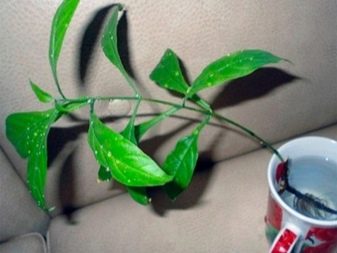

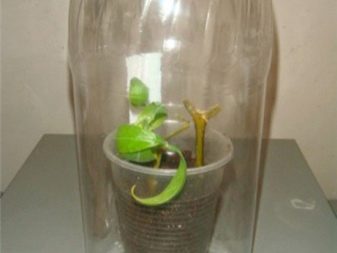
To enhance the growth process, the cutting can be sprayed with artificial stimulants, for example, "Epin" or "Heteroauxin".
If you put the cutting in water, then it needs to provide an inflow of light and an air temperature from +20 to +22 degrees, and then the roots of the future seedling will appear in 3 or even 4 weeks. Then the plant can already be safely planted in a pot - in this case, he will not need greenhouse conditions.
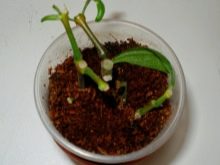
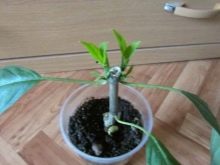
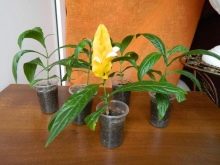
Diseases and pests
A resident of the hot and humid tropics - pachistachis, requires attention and care. However, even with careful flower care, some growers can expect certain difficulties. So, for example, it sometimes happens that the leaves of a flower fall off after transplantation. Knowledgeable people on specialized forums believe that the reason for this may be not only improper watering of the plant. It is possible that you transplanted early, when the plant was still dormant, and the stress of transplanting caused the flower to shed its leaves. Or perhaps you started transplanting a flower when it did not yet need it - after all, the frequency of such a procedure in an adult plant should be at an interval of once every three years.
It happens that the leaves of a plant twist, and then you see that they have fallen off and at the same time the stems are bare. Most often, such problems arise in the autumn-winter period and they are associated with the fact that the flower had uncomfortable conditions. The most common reason for this situation is a banal draft. In winter, when the central heating is working, we often open the window, as a result of which a draft forms, which pachistachis does not like very much. Lowering the temperature that is comfortable for the plant, even if for a very short time, can lead to foliage shedding. In addition, it often happens that with the confluence of all the above circumstances, waterlogging of the soil is also observed. Stagnation of water in the roots is also unfavorable for this flower.
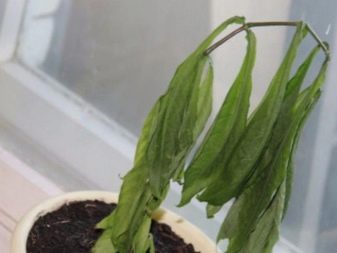
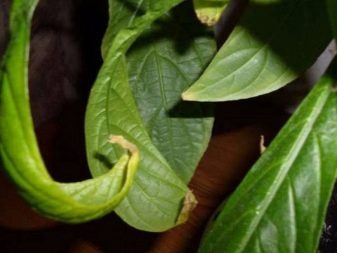
Another alarming symptom of the trouble of pachystachis can be yellowing of the leaves and drying out of their tips. The reason for this condition is an increase in temperature. We have already said that in winter a tropical perennial needs a temperature regime that does not exceed 16-18 degrees. If these indicators are exceeded even by 4-5 degrees, the plant begins to hurt.
With insufficient light supply or lack of spring pruning, you may encounter a problem, which is expressed in the fact that the shoots of the flower grow, but they have very few fresh leaves and they do not form peduncles. And with insufficient watering, a change in the color of the leaf plates may occur.
To save pachistachis, it will be necessary to urgently eliminate all unfavorable factors.
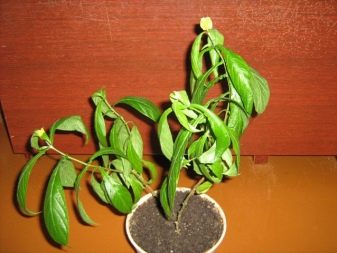
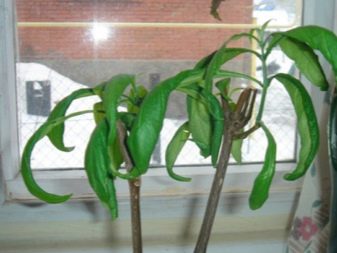
In addition to errors associated with the rules of flower care, the plant can be exposed to pests. Typical plant pests include spider mites, mealybugs, whiteflies, aphids, or scale insects.
- A spider mite can be detected by the appearance of a small cobweb on the plant. You will see the largest accumulation of cobwebs in the internodes of the shoots, and on the back of the leaves there will be small brown spots - this is the accumulation of mites. If you do not take measures to destroy the pest, then the plant dies very quickly - it becomes weakened, loses its foliage.
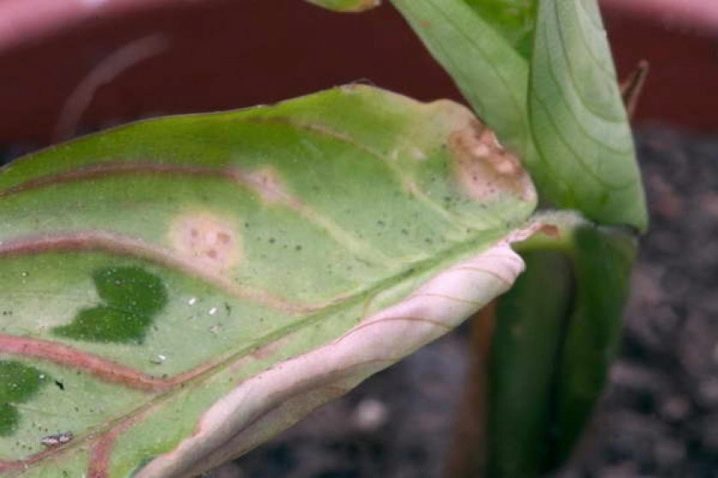
- Mealybug manifests itself in the fact that on the plant you will find formations that look like small particles of cotton wool. This is the secretory secretions of the worm, under which there are clutches of eggs with larvae. The pest can completely affect the entire plant, including its root system. In this case, the leaves turn yellow and curl, the plant withers, mold forms on it.
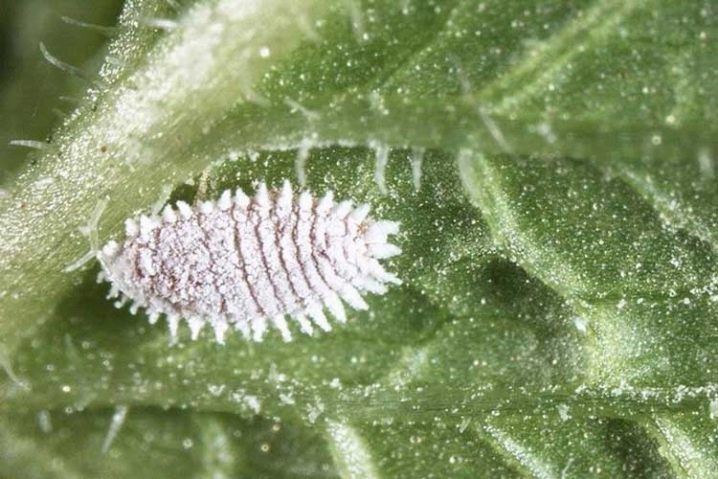
- The scabbard sticks to the flower and has a shellwhich protects it from external influences. The scabbard uses the sap of the plant for its nutrition and eventually leads to its death.Visually, when inspecting a flower, you will see on it dark small plaques, sticky formations and dark dead areas of flower tissue in places where the pest is feasting.
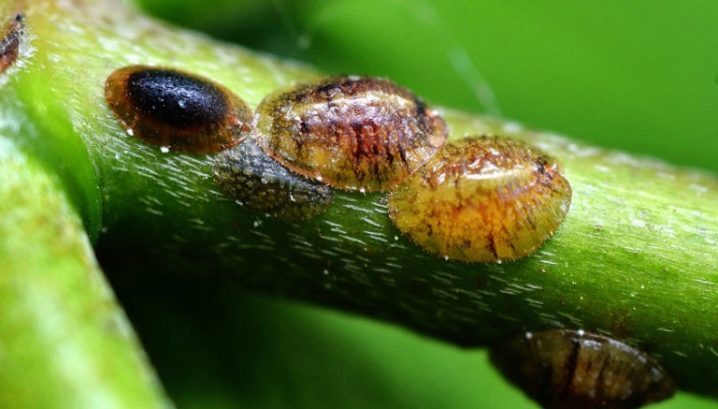
- Aphids are very small pale green, pinkish, light yellow or even black insects up to 1 millimeter in size. With an aphid invasion, the leaves of the flower curl and then fall off. Aphids feed on plant sap, so around its accumulation there will be areas of a sticky mass and visible traces of damage to plant tissues. Most of all, aphids love young leaves and are grouped on the back of the leaf plate. In addition, it can be found at the growth point of a young shoot.
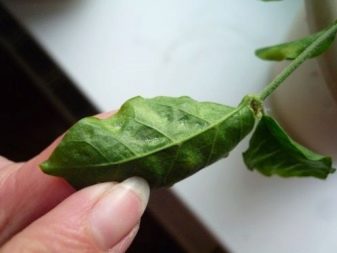
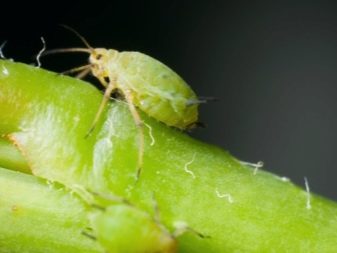
- The whitefly is a pest that is only 2 millimeters in size but has wings. It multiplies very quickly, the insect larvae feed on the sap of the plant. If the whitefly feels the breeze, it will immediately fly away from the plant, and its larvae will remain. Visually, when examining a flower, you will notice that midges swarm around it, and sticky formations and damaged areas appeared on the leaves, which the larvae ate.
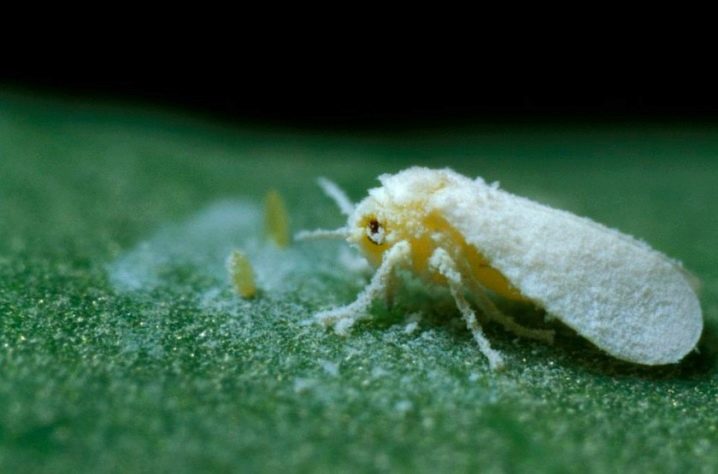
Faced with an invasion of insect pests, it is urgent to take measures to save the plant. First of all, it needs to be rearranged from other healthy flowers, as infestation can occur very quickly. Next, you need to cut off all affected areas of the shoots.
The most effective way to destroy pests is insecticidal preparations. The choice is huge, and the dosage and frequency of use is different for everyone. Among the most effective remedies are Confidelin, Volaton, Fozalon, Intra-Vir, Aktellik, Tsitkor, Fitoverm (and the list goes on). When using insecticidal preparations, take care of the measures and personal protective equipment in advance.
Processing should not be carried out in the presence of small children, animals, aquarium fish, and food products in the room. It is best to take the plant pot out into the open air and spray it there.


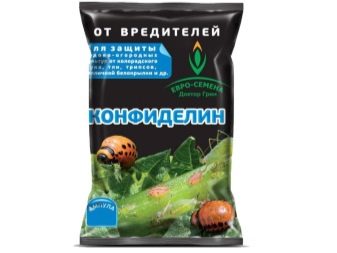
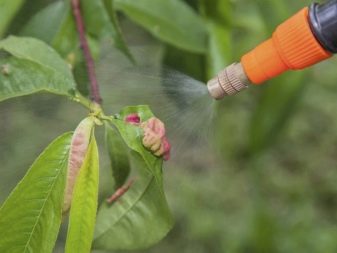
Cover the treated plant with a plastic bag and allow time for the preparation to take effect, after which the plant can be sprayed with water. However, it should be remembered that insecticides do not affect the eggs of the pests, so you will have to repeat the treatment of the plant several times every day. After the disappearance of the symptoms of pest exposure, the treatment of the flower should be continued once a week in order to prevent re-infection.
To prevent the appearance of pests on your green perennial, you must follow certain rules: keep the flower clean, remove dust from it, spray it with settled water, observe the temperature and watering regime. Subject to these important norms, the flower will delight you with its beauty.

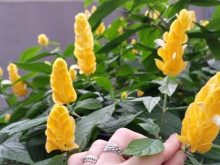
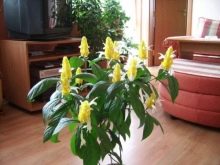
For the care of pachistachis, see the next video.























The comment was sent successfully.